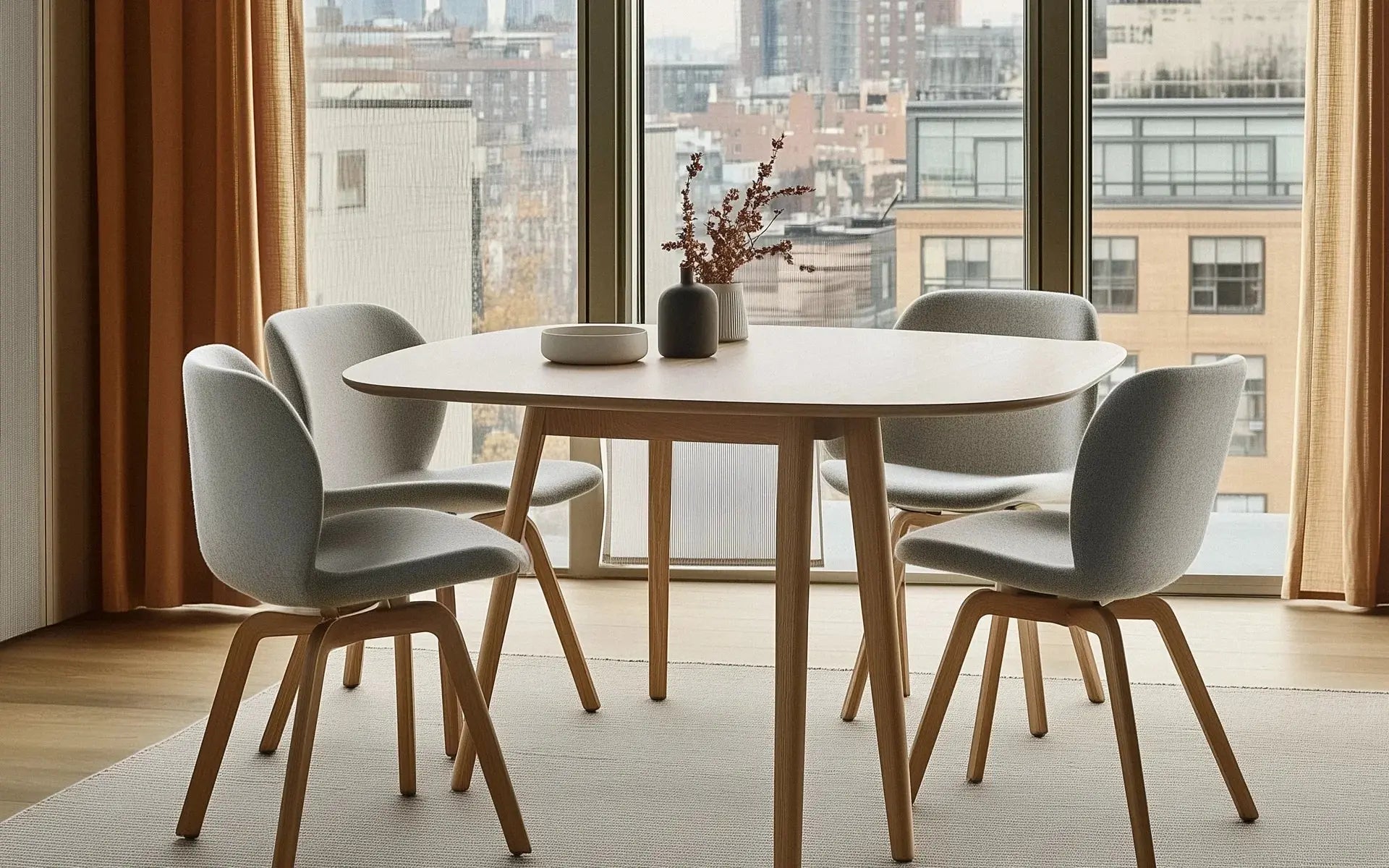THEINTENTIONAL SPACES BLEND FORM AND FUNCTION TO CREATE ENVIRONMENTS THAT ARE BOTH BEAUTIFUL AND PURPOSEFUL, ENHANCING YOUR LIVING EXPERIENCE.
Creating intentional spaces is more than just arranging furniture and choosing decor—it’s about designing environments that serve a purpose and enrich your daily life.
This approach to interior design emphasizes the thoughtful selection of elements that not only look good but also fulfill specific needs, ensuring that every room in your home contributes to your overall well-being. By combining aesthetics with functionality, intentional design transforms spaces into places of comfort, efficiency, and personal expression.
The beauty of intentional spaces lies in their ability to harmonize the practical with the beautiful. Each piece of furniture, every color choice, and even the placement of decor items are carefully considered to create a space that supports how you live. Whether it’s a living room that invites conversation, a kitchen designed for culinary creativity, or a bedroom that fosters relaxation, intentional design ensures that your environment works for you in every way.


The Philosophy Behind Intentional Spaces
Intentional design goes beyond mere decoration; it’s about creating environments that reflect your values and lifestyle. This philosophy is rooted in mindfulness, encouraging you to think about how you use each space and what you want to achieve in it. By focusing on the purpose of each room, you can make design decisions that enhance functionality and create a sense of harmony. For example, a well-designed home office might include ergonomic furniture, plenty of natural light, and a clutter-free layout to boost productivity and reduce stress.
Research has shown that our surroundings have a profound impact on our mood, productivity, and overall well-being. By designing with intention, you can create spaces that not only meet your physical needs but also contribute to your mental and emotional health. This might involve choosing colors that promote calm, incorporating natural elements to bring the outdoors in, or selecting furnishings that encourage relaxation and comfort. The goal is to create a living environment that nurtures you, supports your activities, and reflects your personal style.
How to Create Intentional Spaces in Your Home
Creating intentional spaces begins with understanding how you use each room and what you want to achieve in it. Start by evaluating the function of the space—whether it’s for work, relaxation, entertainment, or dining—and then consider how the design can support that function. For instance, in a living room designed for socializing, you might arrange seating to facilitate conversation, use warm lighting to create an inviting atmosphere, and choose decor that sparks interest and engagement.
When selecting furniture and decor, think about how each item contributes to the room’s purpose. Opt for multifunctional pieces that save space and add convenience, such as a coffee table with storage or a sofa that doubles as a guest bed. Additionally, consider the flow of the room—how people will move through the space and how different areas connect to each other. This can help you create a layout that feels cohesive and intuitive.
Another key aspect of intentional design is personal expression. Your home should reflect who you are, so don’t be afraid to incorporate elements that have personal meaning or bring you joy. This could be anything from family heirlooms to artwork you love. The important thing is that every item in your space has a reason for being there, contributing to the overall harmony and functionality of the room.
Intentional design is about more than just aesthetics—it’s about creating spaces that enhance your life. By focusing on purpose and functionality, you can design a home that is not only beautiful but also deeply supportive of your well-being.
— Laura Thompson, Interior Design Perspectives





Share:
A Fusion of Modern Design and Ultimate Comfort
Curved Minimalism- The Fusion of Elegance and Simplicity